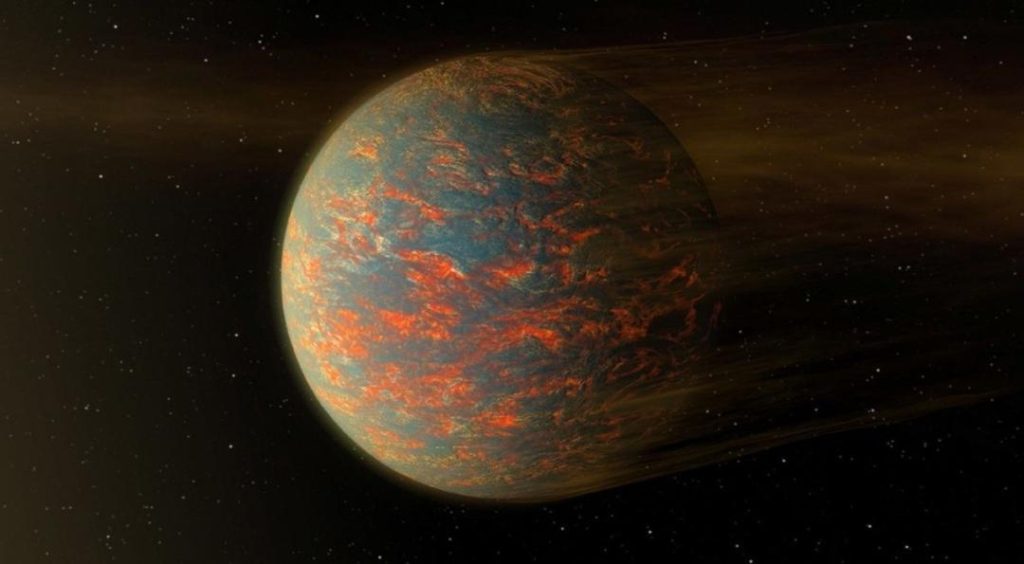
Newly-Discovered Super-Earth Heats Up & Freezes Every 300 Days
Imagine a planet where the temperature fluctuates wildly, going from scorching hot to freezing cold in a matter of months. Sounds like a scene from a science fiction movie, right? Well, it’s not fiction anymore. Astronomers have recently discovered a “super-Earth” that orbits a Sun-like star 20 light-years from Earth, and this remarkable planet experiences extreme heat for half of its year and freezing temperatures for the other half. This extraordinary phenomenon occurs every 300 days, making it one of the most unique planetary discoveries in recent history.
So, what exactly is a “super-Earth”? In astronomy, planets are classified into different categories based on their size and mass. A super-Earth is a planet that is bigger than our own Earth but smaller than the gas giants like Neptune and Uranus. This newly discovered super-Earth, named K2-141b, fits perfectly into this category.
K2-141b orbits its star in an oval shape, which is known as an eccentric orbit. This means that the planet’s distance from its star varies greatly throughout its year. When it’s closer to the star, the planet experiences intense heat due to the star’s radiation. In fact, the temperatures on K2-141b can reach as high as 3,000 degrees Fahrenheit (1,649 degrees Celsius), which is even hotter than the surface of Mercury. On the other hand, when the planet is farther away from the star, it receives very little heat and temperatures plummet to as low as -400 degrees Fahrenheit (-240 degrees Celsius).
This extreme climate change is likely due to the planet’s unique orbit. The oval shape of its orbit takes K2-141b closer to its star at certain points, causing it to experience intense heat. As it moves away from the star, it enters a region where the star’s radiation is much weaker, leading to freezing temperatures. This process is repeated every 300 days, making K2-141b’s climate one of the most unpredictable in the solar system.
The discovery of K2-141b was made possible thanks to NASA’s Kepler space telescope, which has been monitoring the brightness of stars for signs of planetary transits since 2009. Astronomers have been analyzing the data collected by the telescope to identify potential exoplanets, and K2-141b is one of the most exciting discoveries to date.
While K2-141b may not be capable of supporting life as we know it, its extreme climate fluctuations make it an fascinating subject for scientists. Researchers are eager to learn more about the planet’s composition, atmospheric conditions, and potential for hosting life. Who knows, maybe one day we’ll discover a planet with conditions similar to those on K2-141b, but capable of supporting life.
The discovery of K2-141b is a reminder of the vast diversity of planetary systems that exist in our universe. With over 4,000 exoplanets discovered so far, it’s clear that the search for life beyond Earth is an exciting and ongoing journey. As we continue to explore the cosmos, we may uncover more planets like K2-141b, each with its own unique characteristics and potential for hosting life.






